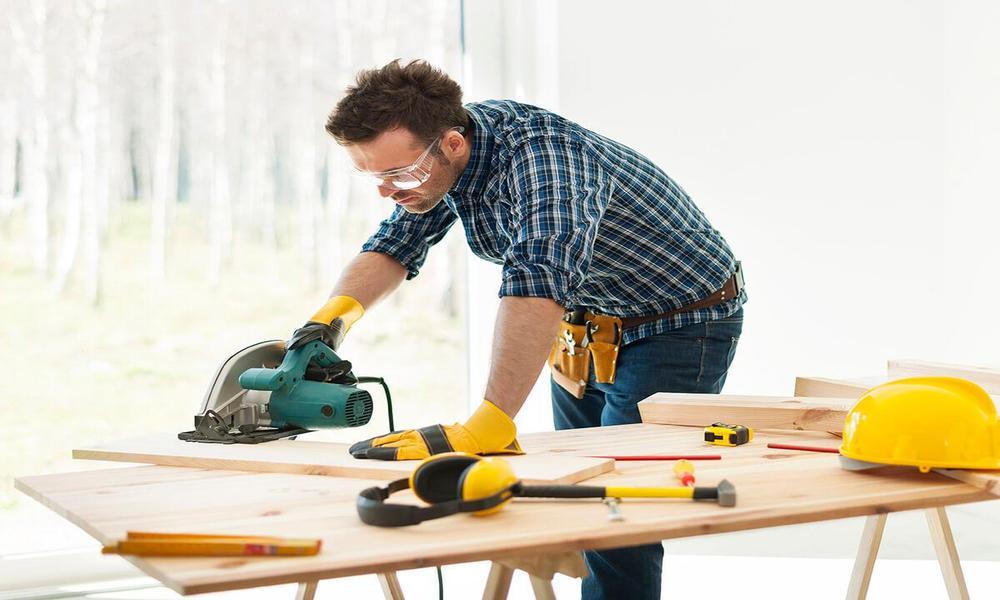
Research and Learn: Begin by researching upholstery techniques, materials, and tools. Look for online resources, tutorials, and videos that can help you understand the basics of furniture upholstery.
Acquire Basic Tools: While $100 may not be enough to buy a complete set of professional furniture upholstery tools, you can start with some essential tools. These may include a staple gun, a rubber mallet, scissors, an upholstery needle, thread, and a basic set of upholstery fabric samples. You can find these tools at local hardware stores or online marketplaces.
Find Free or Cheap Furniture: Look for free or low-cost furniture pieces that you can practice on. Check online classifieds, social media marketplaces, and thrift stores, or ask friends and family if they have any old furniture they no longer want. This will allow you to practice your upholstery skills without investing a significant amount of money upfront.
Reinvest Your Earnings: As you start receiving payment for your upholstery services, reinvest the earnings back into your business. Gradually upgrade your tools, purchase more fabric options, and invest in marketing efforts to expand your reach.
Why Most FURNITURE UPHOLSTERY Fail
Poor craftsmanship: If the upholstery work is not done properly, such as using inadequate stitching techniques, incorrect tension, or improper attachment methods, it can lead to premature failure. Skilled craftsmanship is crucial to ensure the durability and longevity of the upholstery.
Low-quality materials: The quality of the upholstery materials used plays a significant role in its durability. If substandard or low-quality materials are used, they are more likely to wear out quickly, tear, fade, or show signs of damage over time.
Excessive wear and tear: Furniture that is heavily used or subjected to excessive weight or stress is more prone to upholstery failure. Continuous sitting, jumping, or dragging objects on the furniture can lead to fabric or stitching damage, sagging cushions, and other issues.
Design or style choices: Certain design or style choices can contribute to upholstery failure. For example, delicate fabrics or light colors may be more prone to staining or showing signs of wear. Similarly, furniture with intricate detailing or tufting may have areas that are more susceptible to damage.
Tips To Start Building A FURNITURE UPHOLSTERY You Always Wanted
Plan your project: Sketch out your design and make a list of the materials and tools you’ll need. Consider the dimensions, shape, and structure of the furniture piece you’ll be upholstering.
Learn upholstery techniques: Familiarize yourself with upholstery techniques through books, online tutorials, or workshops. Learn about different stitches, attaching fabric to the frame, and creating smooth edges and corners. Practice on small projects before tackling larger furniture pieces.
Take accurate measurements: Measure the furniture piece accurately before cutting any fabric or foam. Precision is crucial for achieving a professional finish.
Work in stages: Upholstery is typically done in layers. Start with the foundation, such as webbing or springs, then add padding, foam, and batting before finally attaching the fabric. Working in stages ensures a sturdy and comfortable final result.
Pay attention to details: Details like tufting, piping, or decorative trims can elevate the overall look of your upholstery project. Take time to incorporate these elements if desired, and pay attention to finishing touches to achieve a polished appearance.
